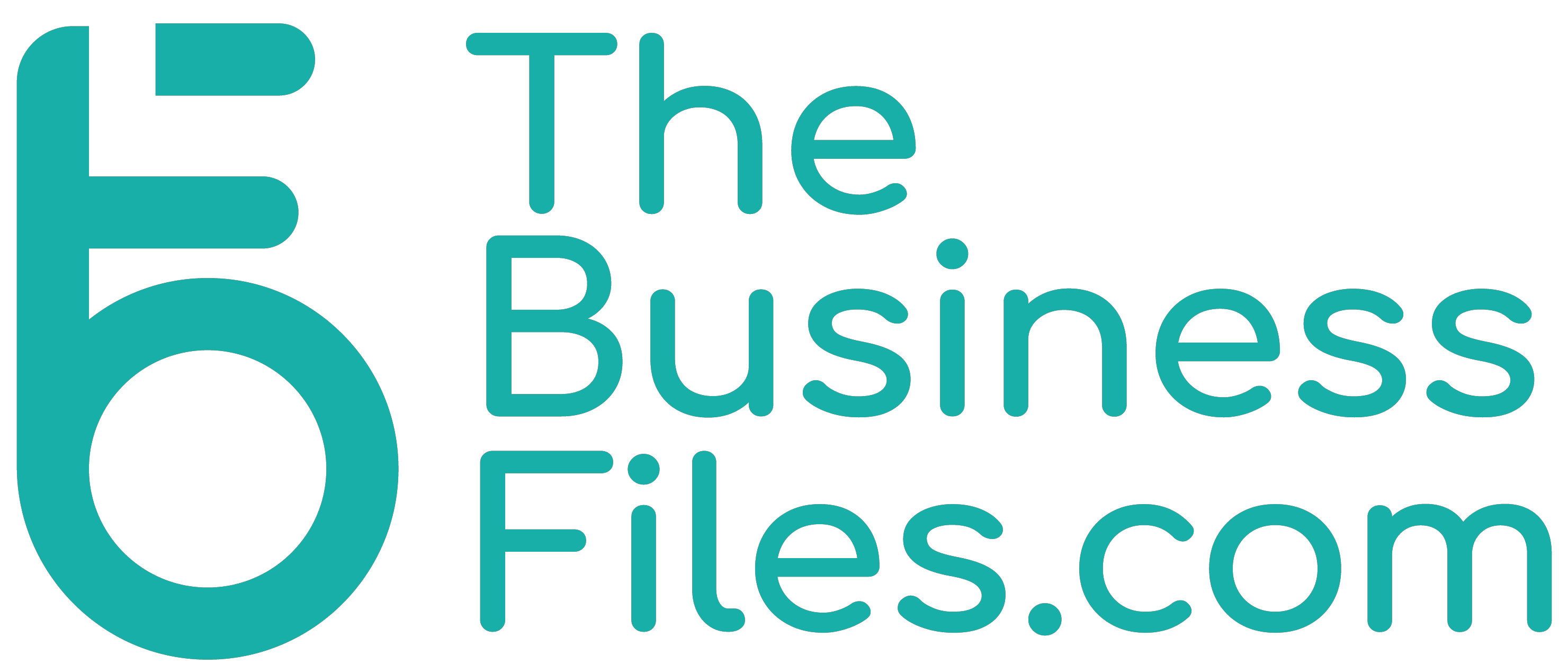The dollar hovered around its highest in six weeks, ahead of data this week that could offer direction on future interest rates, while the euro weakened in the run-up to monthly business activity figures.
Strong U.S. labour data and sticky inflation have raised U.S. rate expectations and supported the dollar’s rally this month – Tuesday’s European and U.S. manufacturing data and Friday’s core PCE price index will guide the next steps.
After a quiet Monday during the Presidents’ Day holiday in the United States, the dollar stood at 134.65 yen , up 0.3% and was up 0.2% against the euro at $1.0665 .
Manufacturing activity in the euro zone is expected to have contracted in February, but by less than in the last five months, while service sector activity is forecast to have expanded modestly.
A measure of economic sentiment and conditions in Germany may also offer insight into how businesses are coping with persistent inflation and slower growth.
“Flash PMI data for Europe make up the bulk of the data in the early European session, with a ZEW economic report also scheduled for 10:00 GMT,” CityIndex analyst Matt Simpson said in a note.
The U.S. dollar index is on track for a fourth week of gains and is up about 1.7% through February so far, but has steadied around 104, down from a six-week high of 104.67 hit on Friday.
“Friday’s inability of euro/dollar to push lower after breaking below $1.0650 rather sums up the FX market for me,” Societe Generale strategist Kit Juckes said.
“There are two reasons why the dollar’s bounce is getting stuck,” he added, noting that European and U.S. growth forecasts are converging and the difference in relative rate expectations is narrowing.
“I suspect that further significant dollar strength will require the Fed Funds futures market to start pricing in a 50 basis point (bp) rate hike in March,” he said.
Fed funds futures imply about a 16% chance of that, while in Europe a 50 bp increase in March is all but priced in. Elsewhere, currency markets were broadly steady.
The Australian dollar fell 0.5% to $0.6878, reversing some of the previous day’s gains, and showing little reaction to minutes that showed central bankers did not consider pausing hikes at February’s meeting.
Sterling fell 0.3% against the dollar to $1.20065 and fared modestly better against the euro, holding steady at 88.81 pence after data showed the UK government ran an unexpected budget surplus in January, after bumper income tax receipts.

